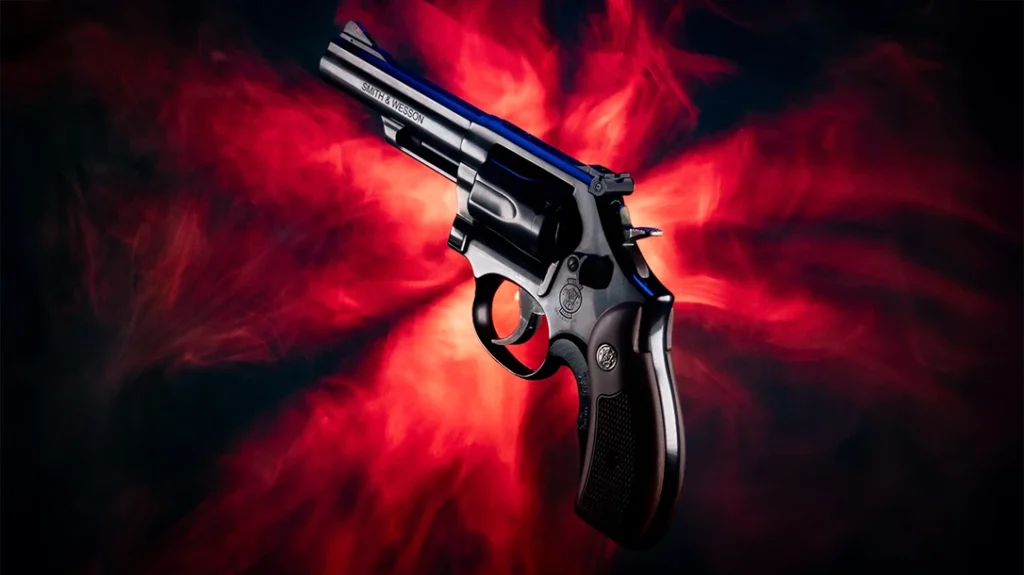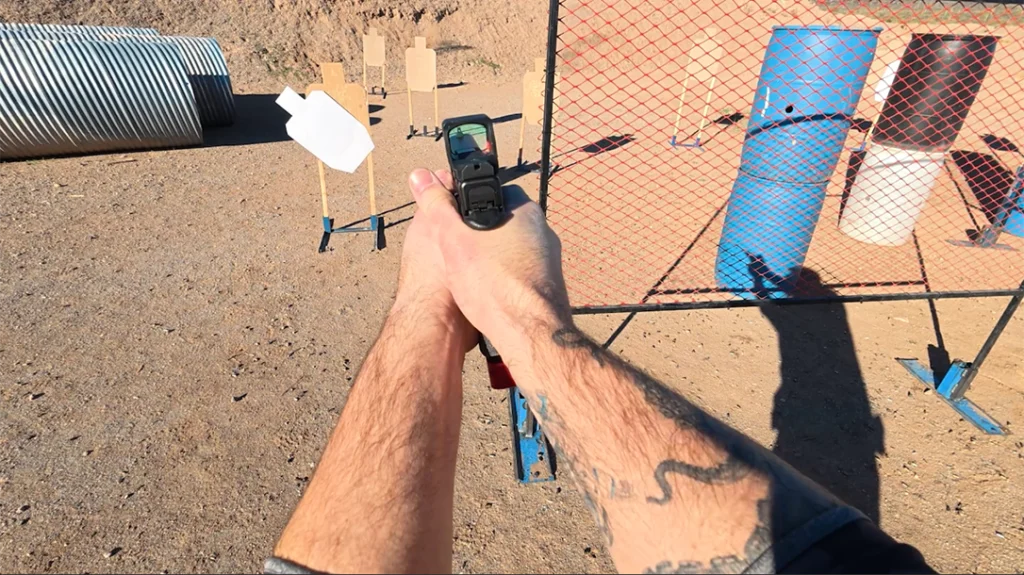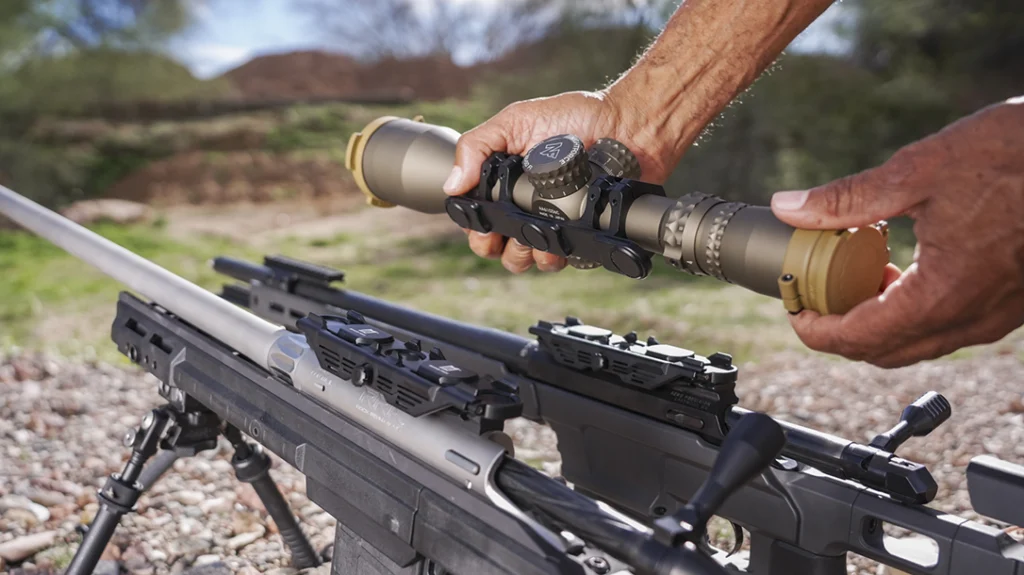Shotguns are versatile firearms used for hunting, sport shooting, and self-defense. One key aspect of shotguns that often confuses beginners is the concept of “gauge.” Unlike rifles and handguns, which are typically classified by caliber, shotguns are classified by gauge. Like you, there was a time when I was first entering the firearms world and looked at shotgun ammo and said, “WTH.” Are they intentionally trying to give me an aneurysm by complicating ammo? Well, someone was kind enough to sit me down a few decades ago and explain it to me. Now, it is my turn to share that with you.
Explaining Shotgun Gauge & Ammo
The gauge of a shotgun refers to the diameter of the shotgun’s bore and is a very old measurement system that originated in the days of muzzle-loading firearms. Specifically, the gauge number indicates the number of lead balls of that bore diameter that it would take to weigh one pound. For example, a 12-gauge shotgun has a bore diameter such that twelve lead balls of that diameter weigh one pound. No…I do not know how they came up with that, but I am pretty sure they were wearing coon skin caps when they did it.
Common Shotgun Gauges
While there are some other more unique shotgun gauges out there, the most common ones we see are as follows with their bore diameter.
Advertisement — Continue Reading Below
- 10 gauge: .775 inches
- 12 gauge: .729 inches
- 16 gauge: .662 inches
- 20 gauge: .615 inches
- .410 gauge: .410 inches

Yes, I know that .410 is a gauge that actually has the same as the bore diameter. In most cases, the .410 ammo will be listed as a .410 bore as opposed to a .410 gauge, but the terms are commonly mixed together. One thing you will notice that is yet another variation from other ammo is the backward nature of the size. For example, a .50-caliber bullet is larger than a .40-caliber bullet. Yet, in shotguns, it is the opposite. The ten gauge is larger than 16 gauge for example. This once again harkens back to the antiquated way shotgun bores were measured.
12-Gauge: Does it All
Another question I get is, “Why so many different gauges?”. The answer is the same as I would give if we were talking about rifles. Certain bores serve better in certain applications. Of all the shotgun gauges, 12 gauge is the most popular and versatile shotgun gauge. Its wide availability of ammunition makes it suitable for various applications, including hunting large and small game, waterfowl, and upland birds, as well as for clay pigeon shooting and home defense. The 12 gauge offers a good balance between power, recoil, and shot pattern density, making it a favorite among many shooters.
Advertisement — Continue Reading Below
20-Gauge
Close on its heels is 20 gauge. This shotgun is also popular among hunters and sport shooters. It has a smaller bore diameter than the 12 gauge, resulting in less recoil, which makes it a great choice for younger or smaller-framed shooters. The 20 gauge is effective for hunting small game, upland birds, and waterfowl. It’s also used in sports shooting disciplines like skeet and sporting clays.

28-Gauge
We will then jump to the 28 gauge. This shotgun is lighter and has even less recoil than the 20 gauge, making it ideal for young or small-framed shooters. It’s most commonly used for upland bird hunting and sport shooting. The 28 gauge’s shot pattern is dense enough to be effective at shorter ranges, but its lighter shot charge can limit its effectiveness at longer distances.
Advertisement — Continue Reading Below
.410 Bore
The last up in this brief summary is .410. The .410 bore is the smallest commonly available shotgun size and is often used for pest control, small-game hunting, and introductory shooting sports. Its low recoil makes it suitable for young shooters, but its small shot charge limits its range and effectiveness compared to larger gauges. With the introduction years ago of the Taurus Judge and other pistols, the .410 has been used in handgun applications as well. Once again, the low recoil makes it easy to shoot, even in a handgun.
While it is true that the odd nature of shotgun ammo nomenclature can be confusing when compared to handgun or rifle ammo, it is not beyond understanding. We just have to understand the basics of the names process and know what we are looking at. Some have asked if there will ever be a “modernization” of shotgun ammo designations. I would say no, there won’t. It is too deeply ingrained in the firearms culture and would be a monumental task with very little support. Look at the resistance we have seen to the metric system, then multiply that by ten. Instead of fighting it, think of it as picking up a second language. You don’t need to be fluent; just speak enough to order your ammo.





















